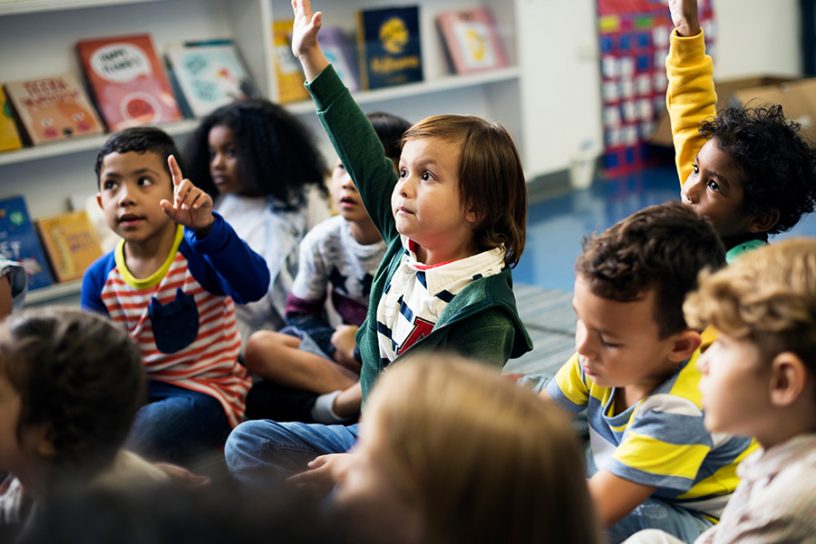
Fostering character strengths and well-being among Indian students emerges as an area of tremendous importance in the face of the stressors and challenges faced by this demographic group in the present times.
Authors
Pulkit Khanna, Associate Professor, Jindal Institute of Behavioral Sciences (JIBS), O.P. Jindal Global University, Sonipat, Haryana, India.
Kamlesh Singh, Indian Institute of Technology Delhi, New Delhi, India.
Carmel Proctor, Positive Psychology Research Centre (PPRC), St. Peter Port, Guernsey, UK.
Summary
The present study aimed to evaluate the impact of Strengths Gym (Proctor & Fox Eades, in Strengths gym: Year 8, Positive Psychology Research Centre, Pennsylvania, 2009; Proctor et al., in J Posit Psychol, 6:377–388, 2011)—an intervention based on the Values in Action (VIA; Peterson & Seligman in Character strengths and virtues: A handbook and classification, Oxford University Press, Oxford, 2004) classification of character strengths among Indian students.
Participants in this classroom-based intervention were 121 students from grades 7 and 8 (Age = 11–13 years, M = 11.22 years, SD = 1.61, 53% male) from two schools in the National Capital Region of India. Using quasi-experimental design, participating classrooms in each school were randomized into intervention or control conditions. Intervention group engaged in 24 sessions—one corresponding to each character strength, spread over 12 weeks.
All participants completed a questionnaire comprising measures of well-being, life satisfaction, happiness, affect, and self-esteem at pre- and post-test. Participants reported significant gains in happiness, life satisfaction, and positive affect at post-test. Findings suggest promising evidence for character strength interventions among Indian students, while also contributing to research evidence about cross-cultural relevance and validity of an existing intervention.
Fostering character strengths and well-being among Indian students emerges as an area of tremendous importance in the face of the stressors and challenges faced by this demographic group in the present times.
Published in: School Mental Health
To read the full article, please click here.


